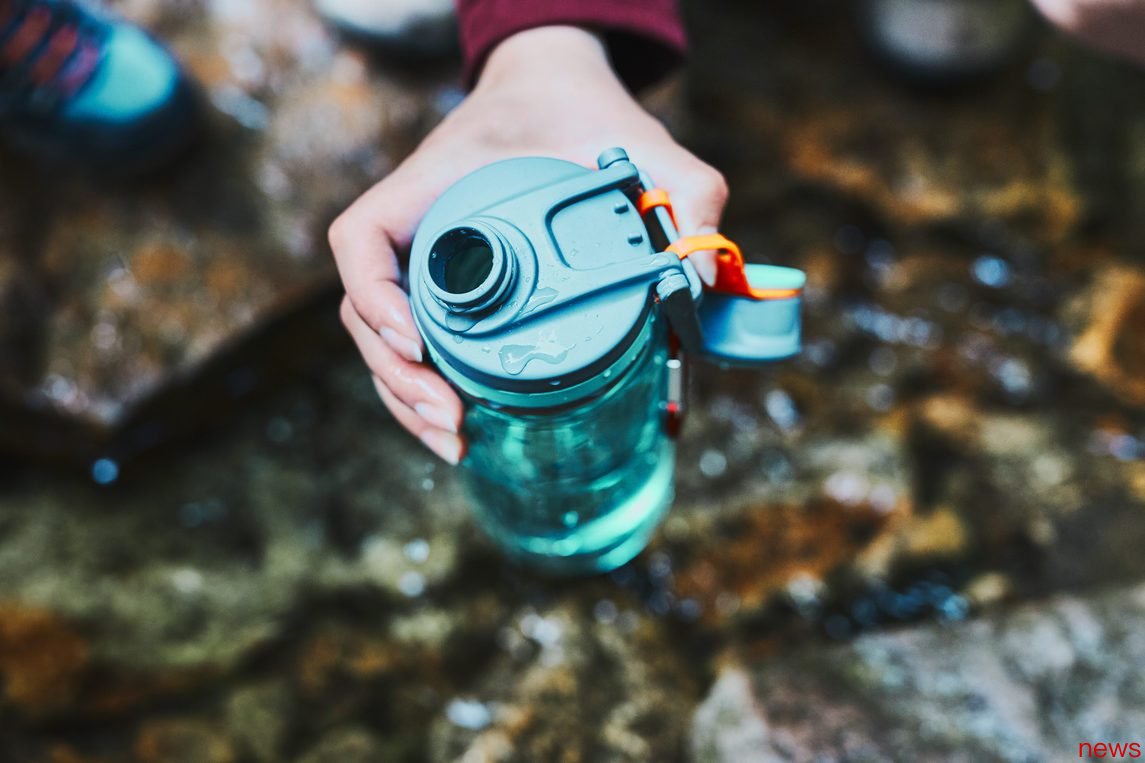
Which kind of water bottle do you use to drink water? How often do you clean it? If not properly cleaned, bacteria will enter the bottle and reproduce quickly in one day, even reaching a million levels. So, how should we clean the water bottle correctly?
How much bacteria is hidden in the water bottle?Carl Behnke, a food safety expert at Purdue University in the United States, was curious whether his water bottle was clean, so he wiped the inside with a paper towel, which shocked him. The paper towel was originally white, but it changed color when taken out. The slippery feeling in the bottle was not a material problem, but was actually caused by bacteria accumulation.
For further research, Carl and his colleagues borrowed students' water bottles at the campus to test their cleanliness. They accidentally learned that they rarely cleaned the water bottles, even never. The final test data proves that these water bottles are filled with bacteria.
Why are water bottles prone to bacteria?According to research on clinical microbiology at the University of Leicester, bacteria are most suitable for breeding in about 37°C environments, but they can grow rapidly even at room temperature (about 20°C). A study in Singapore found that even with boiled homemade water, bacteria will still reproduce rapidly in water bottles, increasing from 75,000 bacteria per milliliter in the morning to 1 million to 2 million bacteria per milliliter in 24 hours.
In addition to the bacteria of the water itself, the main source of pollution in the water bottle actually comes from the user itself. For example, every time you drink, bacteria in your mouth will enter the bottle, and bacteria in your hands may also attach to the bottle. If you don't wash your hands frequently, the water bottle may contain bacteria related to stools, such as ganglia.
What impact does the bacteria in the water bottle have on health?Most bacteria are harmless and even beneficial to the human body, but some pathogenic bacteria may cause abdominal distension, vomiting, and even imbalance in the kidney bacteria. In addition, sharing water bottles may spread stomach problems such as norovirus. A British newspaper office once tested employees' water bottles and found that it contained antibiotic-resistant bacteria, which may cause severe abdomen, especially those who just took antibiotics are more likely to get infected.
How to correctly clean the water bottle?Whether to clean the water bottle regularly will directly affect its bacterial content. Teach you how to clean the water bottle correctly.
. Hot water (60° C or above) + Cleaning agent: Pour in hot water and wash the serum, shake it and let it rest for 10 minutes, then wash it with hot water.. Disinfection mode with dishwasher: This is one of the best ways to remove bacteria.
. Air drying: Bacteria likes a damp environment, so keeping the water bottle completely dry helps to inhibit bacterial growth.
. Avoid washing with cold water only: Cold water cannot effectively remove bacterial biofilm (biofilm) from the bottle.
. Clean bottle caps, straws and other parts regularly because these places are particularly prone to accumulation of bacteria.
How often should I wash the water bottle? It is best to clean it every day. Don’t wait until the water bottle has a strange smell before washing it! If the water bottle starts to smell, it means that the bacteria have grown in large quantities, and you should directly change the new bottle at this time.
Choose an easy-to-clean water bottle design to ensure that every corner is cleaned. Regardless of the material used, the most important thing is to develop a good cleansing habit and ensure that the water you drink does not contain a lot of harmful bacteria. Clean the water bottle thoroughly daily or at least every week, wash it with hot water and wash, and dry it thoroughly.
Of course, please avoid sharing water bottles to reduce the risk of bacteria and virus transmission. Avoid sugary or protein drinks as these ingredients can promote bacterial growth. Through these simple steps, you can ensure the health of drinking water and stay away from unnecessary health risks!
※